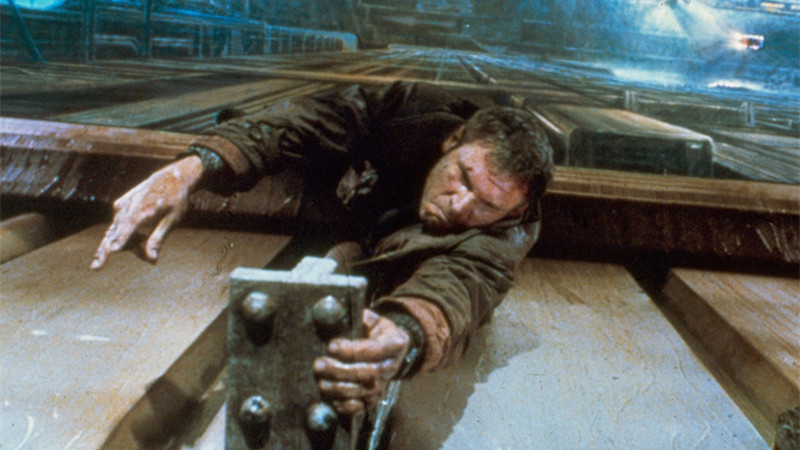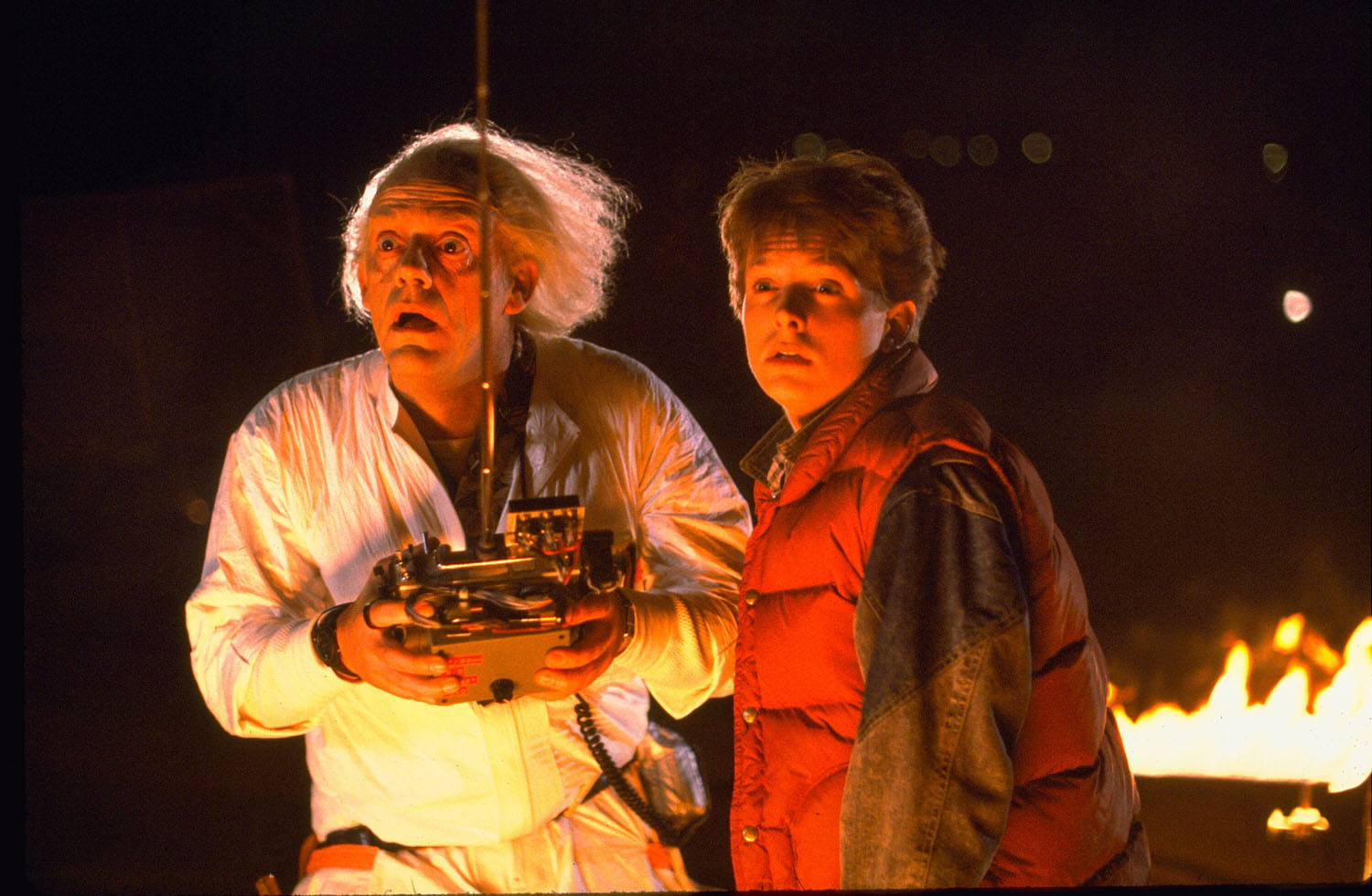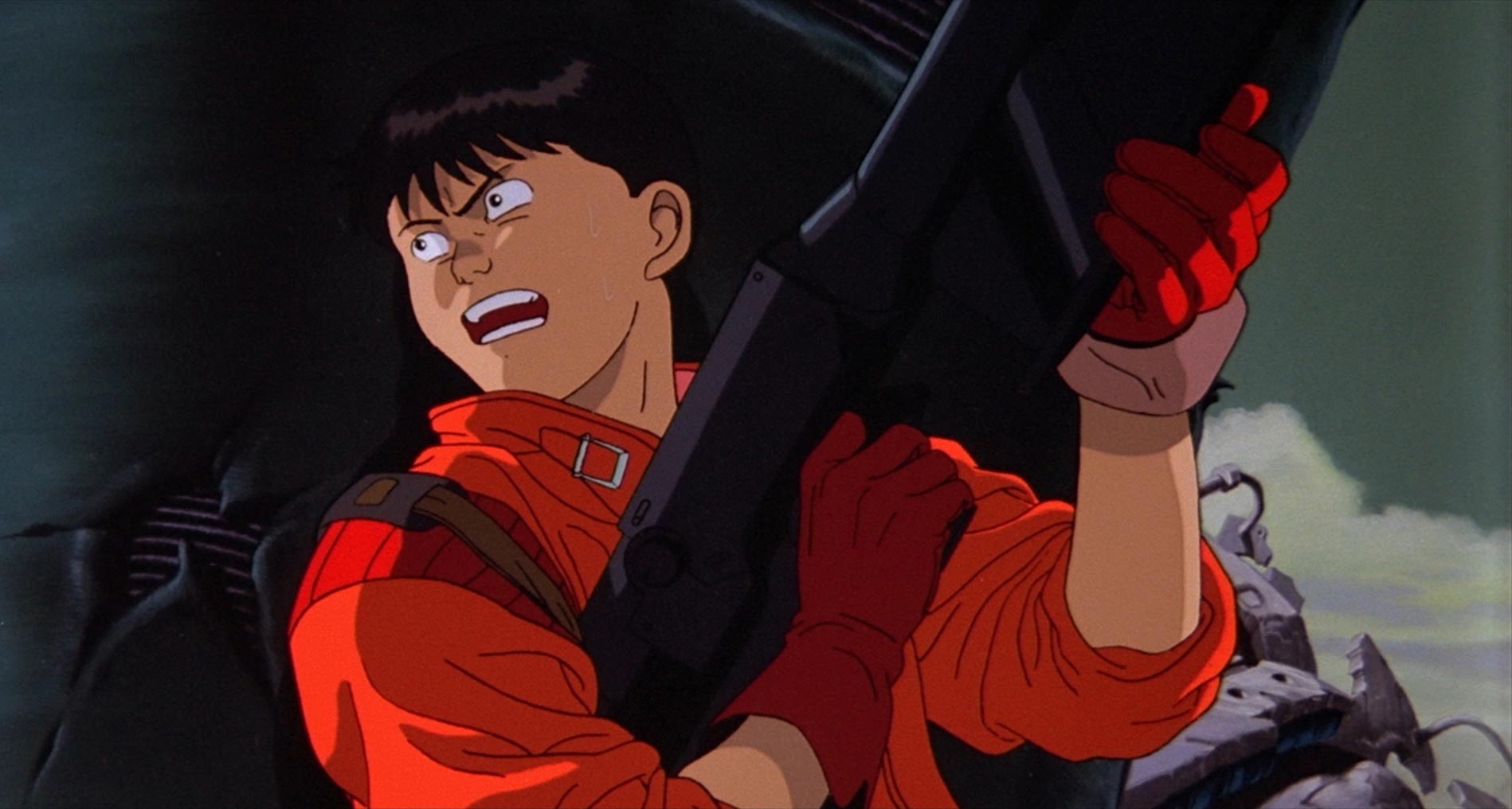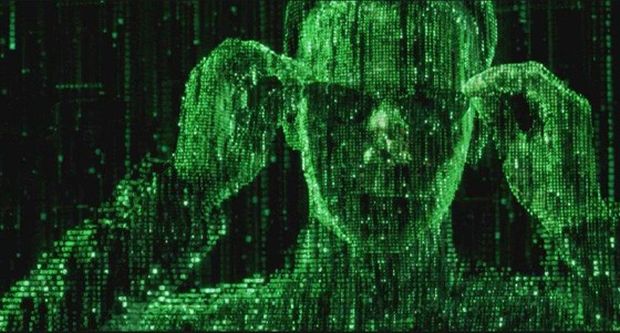6. Alien (1979)

Genre mixing is always a tricky proposition: when it works, like the mystery comedy or the surreal drama, dynamic films can be produced. With Alien, two of the darkest halves on the film spectrum–horror and sci-fi–melded to create an arresting masterpiece. Synopsizing many of these films seems redundant at this point: everybody knows what happens in these influential films (which is one of the many reasons why they’re so influential, after all).
Alien broke ground as a sci-fi film on the surface with a horror film lurking underneath. Its depiction of realistic, even mundane, space travel–on a large cargo ship–stripped the concept of its “specialness,” placing it just above trucking as a generic method of transport. Its characters weren’t fantastic heroes but working stiffs that gripe about their upcoming bonuses. They don’t kick off the events of the film as part of a grand adventure but because they are ordered by their bosses to investigate a mysterious transmission as part of company policy.
The characters don’t fight and win; they try to survive and most of them die along the way. The alien presence has no purpose other than to kill and use their bodies as a vessel for procreation. In fact, the audience knows nothing about the alien species other than what they’re shown, just like the characters. In short, it stripped away any fantastic or glamorous aspects of sci-fi to provide a disturbing, violent story that may be sci-fi in its aesthetic but is pure horror underneath. Visually brilliant and highly influential on the genre, Alien introduced horror to the sci-fi genre in film in a visceral way that hasn’t abated since.
7. Blade Runner (1982)

Directed by Ridley Scott, Blade Runner was a complex vision of the future that had never been seen before in cinema: in 2019, with the world in environmental collapse, technology has become both advanced and retrofitted to available machinery; a majority of the population lives in squalor while wealthier members of society are escaping into space. While we’re just two years off from the year the film is set in and our world isn’t in such an advanced (or dilapidated) state, it’s not difficult to envision 2050 looking like Los Angeles does in this movie.
Blade Runner is a noir-ish detective story. Deckard (Harrison Ford) is more interested in waxing philosophic about the nature of humanity and what makes somebody a “person” than he is about whodunit (after all, we know “whodunit”–these darn loose replicants!). Instead, Blade Runner makes its central mystery about whether or not the replicant Deckard has fallen for, Rachael (Sean Young), “human” enough for him to love–and (as the film scintillatingly hints at) whether Deckard himself is a replicant. The central mystery of Blade Runner is of the self.
In Blade Runner, the sci-fi genre was mashed into the noir detective story and played it straight: our protagonist isn’t flawless, this future is very flawed, and our “monsters” are creatures of our own making that just want to live.
Ahead of its time, in 2017 modern audiences may miss out at the novelty and originality of Blade Runner. It has been so often copied, replicated, and been the basis for other future gritty sci-fi films that someone who had never seen this film before today may wonder what the fuss is all about. And like all good things, its novelty may be lost on future generations due to this. After all, the day after Prometheus brought fire down from the gods, he probably looked around at everyone’s campfires and wondered when the accolades were going to come pouring in.
8. Back to the Future (1985)

Is there a more likable movie than Back to the Future? For a certain generation, it forms part of the holy triumvirate of Ghostbusters and The Goonies. A high school kid whose friendship with an eccentric inventor leads him to getting stuck back in 1955 in his hometown via a time-travelling deLorean, where he has to get his parents together or else he won’t exist and also try to find a way to get back to 1985 is the stuff of high-concept dreams.
The visual effects are simply awesome and still hold up to this day while its specificity has made it iconic: after all, who makes a time machine out of a DeLorean? Or introduces skateboarding to 1950s kids? Or plays/accidentally invents “Johnny B. Goode” at the dance his own parents fell in love? Not to mention the intricate time travel plot that has sprung a thousand theories and encouraged fans to puzzle over the particulars of Marty McFly’s time travel adventure?
Blending comedy with sci-fi and with a visual dynamic that aims squarely to please nearly everyone in pop culture, Back to the Future was yet another example of how sci-fi can be used to make wildly popular–if not iconic–films and whose influence on the genre continues to be felt as science fiction increasingly becomes funnier and aimed at a wide audience.
9. Akira (1988)

Cyberpunk may have its roots in William Gibson’s 1984 Neuromancer but it hadn’t been translated to film until 1988’s Akira. 31 years after the Japanese government drops an atomic bomb on Tokyo after ESP experiments on children goes wrong, in 2019 Kaneda, a bike gang leader, tries to save his friend Tetsuo from a secret government project. Engaging in violent battles with anti-government activists, politicians, and scientists, Tetsuo’s powers suddenly manifest and he releases his awesome fury against everyone who stands in his way.
Simply put, Akira put anime on the map in the West and revolutionized how audiences considered animated films from Japan. Hyper-violent (and hyper-stylized), Akira details a future that’s both technologically advanced and gritty, where human nature clashes with supernatural and powerful forces that are outside of their control.
Depicting scenes that would have been impossible to replicate in live-action, Akira opened the door to the potential of animation–not as a style meant for children but what it could depict when creating adult-oriented content. Akira revolutionized not just anime, but sci-fi as a whole and what it could depict on-screen.
10. The Matrix (1999)

The seismic shift in pop culture as a result of The Matrix is difficult to quantify. It seemed for years afterwards films and television shows were referencing this movie either in parody or as a homage; its highly original visual style was immediately adapted in sci-fi and action films; and its speculative story became a template for the kinds of stories sci-fi films could tell. After all, without a reality that exists solely inside of your head, would Inception even exist?
Skipping the synopsis because it’s pointless, let’s talk about its influence. This codified and cemented the idea that a darker, grittier, and edgier style could be popular to mainstream audiences. It created the template for how complex, esoteric concepts could become popular. The Matrix did nothing less than catapult film and pop culture into the 21st century–one year before it began.
Some concepts from the film have become memetic and part of the culture, such as the red pill/blue pill concept, while stylistically its “bullet time” slow-motion can be detected in many action and sci-fi films that were produced in the decade that followed. Expanding the notion of how reality could be depicted–and played with–in mainstream sci-fi, The Matrix is one of the most influential sci-fi films ever made and one whose influence is still evident in the science fiction films being produced today.
But there will be more sci-fi films that break from tradition, innovate the genre, and change not just film history but pop culture as a whole. After all, the genre is still young and–as the genre has elucidated over and over to us–there is literally the infinite left to explore.
Author Bio: Mike Gray is a writer whose work has appeared on numerous websites and maintains a TV and film site at MeLikeMovies.com.